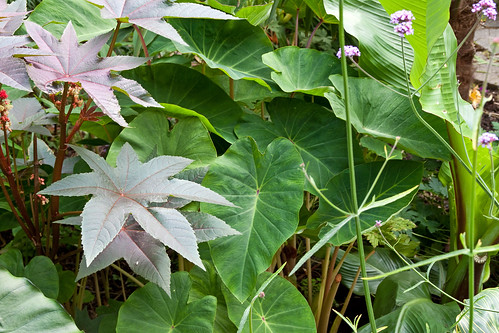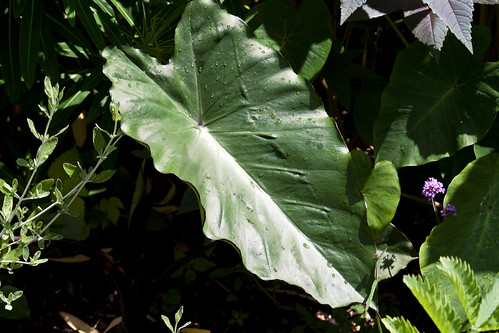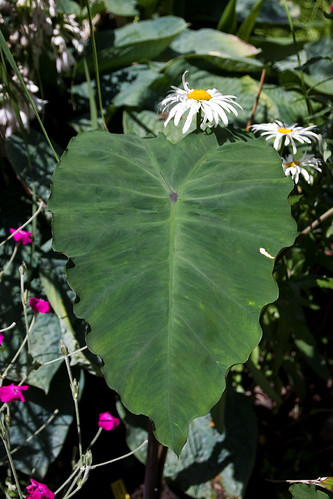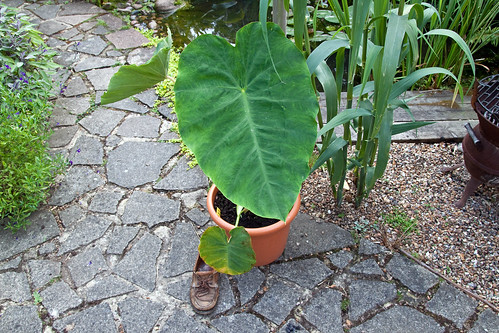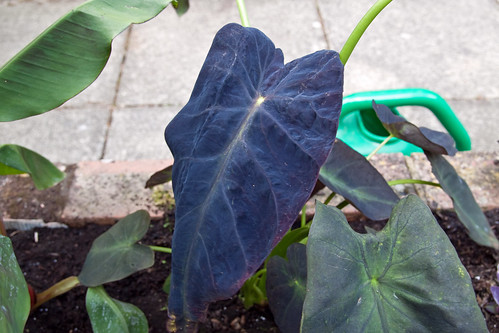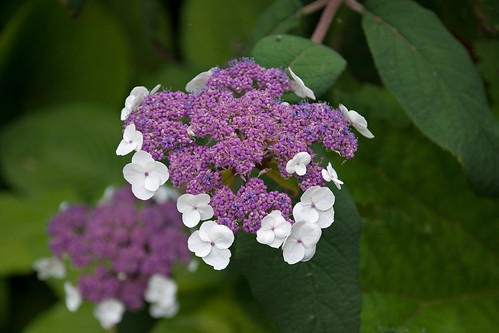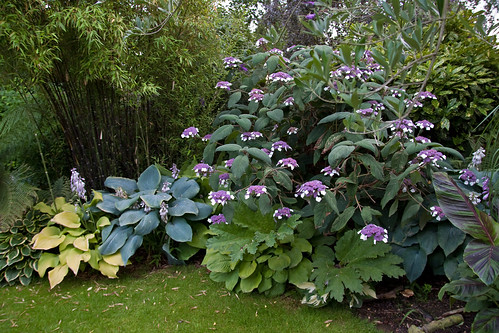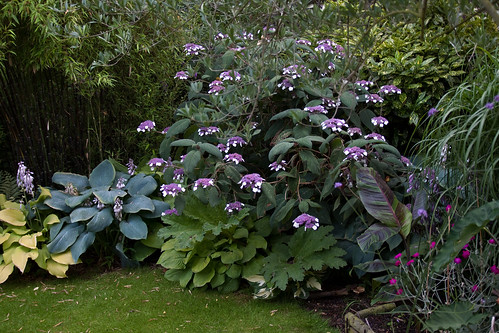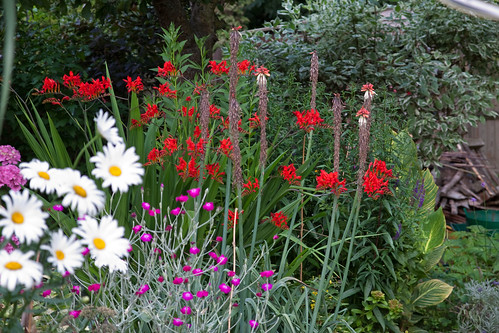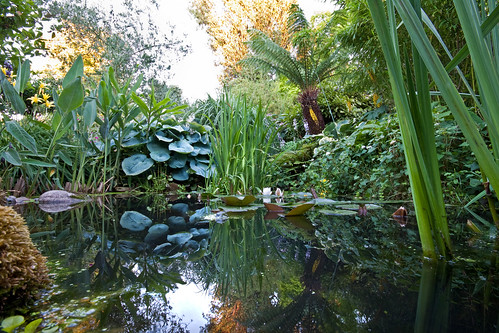'Musa' is the link between my attempts at growing tropical plants amongst other more 'normal' plants, 'Musa' being the botanical term for the banana genus, and the name of a mountain close to where we holiday in Turkey - Musa Dag. This blog will be mainly about the garden and its plants including attempts at growing bananas, colocasias etc. here in the UK. Other subjects may/will creep into this blog including holidays in Adrasan, music, food and other meanderings.
Summer Holiday !!!
Luckily we once again have the services of our regular banana waterer, Liz. She has kept the garden going during many of our holidays and for her sake, I hope it rains a lot whilst we are away. Having said that some of the plants like the Tree Ferns will need watering even in damp weather.
Anyway, I might try posting some updates on our holiday via my trusty itouch, if I can find wifi access.
Back in a couple of weeks . . . . .
Update: Small delay on Air Musa flight but sitting here in 1st class lounge with free drinks, food etc. Trying to resist the champagne till after midday!
Update: sitting having breakfast by the beach in the shade. Great flight and arrived at hotel in time for a couple of beers!
Colocasia esculenta – and varieties
I’ve written about Colocasias or Taro many times before on this blog. But I’ve had a bit of a Colocasia morning today.
The bog standard form of Colocasia esculenta has become too ‘at home’ in a couple of places in my garden. Despite the past 2 winters it comes back stronger each year and is gradually spreading by its runners. It particularly like to get up-close to my Ensetes (Bananas), I guess because these get well watered and fed. So, this morning I’ve been pulling out clumps of it from around the bananas (Ensetes). I don’t like doing this as it seems such a waste to trash such beautiful exotic plants. Oh well! The photo below shows some of the remaining ‘bog-standard’ Colocasia leaves after my clearing work. On the left is a Ricinus communis and on the right an Ensete ventricosum:
Colocasia esculenta:
The basic form of Colocasia esculenta is good but there are some different interesting species and varieties.
Below is a picture of the leaf of Colocasia fontanesii, it has almost black stems and large, dark green, shiny leaves. It spreads by runners but is not as hardy as the basic Colocasia:
Colocasia fontanesii:
Below is a picture of Colocasia ‘Burgundy Stem’. You may notice that I’ve taken the picture of just the leaf and not the stem! Oops! As the name suggests it has reddish stems and I find this variety has taller stems than others:
Colocasia ‘Burgundy Stem’:
A new (to me) variety of Colocasia I’m trying this year is ‘Chicago Harlequin’, I bought it from Amulree Exotics – they are an excellent online source for exotic and tropical plants. The leaves are supposed to be “blotched with 2-tone random green sections” but I’ve not noticed much blotching yet. I still have it in a pot but will have to make the decision to either plant it out or use a much, much bigger pot. It is going to be a monster! I’ve put one of my famous gardening shoes next to the pot in the photo to give an indication of size (so far).
Colocasia ‘Chicago Harlequin’:
This year, I also bought from Amulree Exotics – Colocasia ‘Black Beauty’ – it has very dark, almost black leaves with perhaps a hint of blue. I think it looks a bit sickly and am not sure if it has too much or too little sunlight. I’ve grown a similar variety – Black Magic – before with similar disappointing result. Perhaps it will improve.
Colocasia ‘Black Beauty’:
Hydrangea aspera
This is probably my favourite shrub! It has large furry, grey / green leaves and, for a Hydrangea, understated but beautiful flowers:
I grow it in quite shady conditions, jammed in amongst a large clump of black bamboo, Phyllostachys nigra, and a large Tree Fern. Not forgetting Hostas and a Gunnera.
This evening, it is cloudy and beginning to get dark, its 9.00 pm but the flowers of Hydrangea aspera really stand-out in the gloom. So I had to take some photos! I also grow the more common Hydrangea but they are gaudy show-offs in comparison to this aristocrat of the genus.
Acanthus mollis . . . or . . . Bear’s Breeches
I love the flowers and glossy leaves and am really pleased that its back!
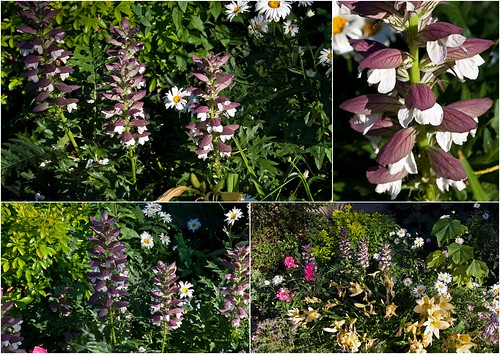
Tree Fern and Poppies from Kevin
Kevin, a regular viewer and contributor to this (great) blog has sent in the above photo of Poppies growing under a Tree Fern, taken last year. I think it qualifies as an 'underplant' photograph. It is also the first post by a guest contributor to this blog.
Crocosmia Lucifer
I hate Crocosmia, also known as Monbretia. It is one of those plants that can spread around your garden so easily. If you try and pull it up, the little bulbils get left behind or worse end-up in your compost heap. I never compost the stuff but will through it in the waste bin.
An exception is Crocosmia ‘Lucifer’, it has tall stems with brilliant, large, crimson-red flowers. And it is not rampant - like its cousins!
The photo below shows the blur of red:
Apology
I’ve been racked with guilt for not having posted anything for a couple of weeks. However, I feel far more guilty about having not replied to some of the comments recently – If you’re reading this – Sorry Wendy and Kevin.
I have no real excuses other than: I’ve been decorating; any spare time has been spent watering the garden; work has been crap. But most of all, I seem to be incapable of taking any half-decent photos, this problem might be helped by a new lens being delivered tomorrow.
Anyway, the garden has been doing fine despite the shortage of rain. Stuff like Bananas & Colocasias are gradually beginning to shrug-off the harsh winter but they are far behind in terms of their usual stature for this time of year.
Below is a picture of the pond taken yesterday evening:
There is a very large Hosta on the far side of the pond. In fact, it’s too large and, if I get round to it, I must divide it over winter.
